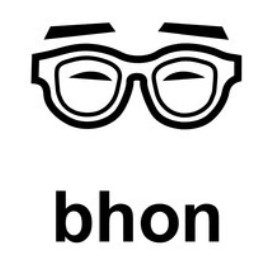- Summarize the project: your team’s project goal?
The project goal was to assess the land use of the Agricultural Land Reserve (ALR) provided by the British Colombia provincial government and whether the reserve is appropriately used with the Nanaimo area. In specific, the ALR is a policy that protects agricultural land to strengthen provincial food security. Upon implementation, the ALR was seen as progressive legislation that prioritized food production for future food security. In recent years, there have been increasing threats to the ALR from urbanization and land development.
2. How did you organize your team (project management)?
In terms of project management, my team worked as a whole in the retrieval of data for our project. Afterwards, we divided the analysis of the project area by Biogeographical analysis and Social analysis, which two people worked as a team for each section. For communication and sharing of files, we utilized Google Drive, which was very efficient.
3.What were some of your most valuable contributions (as an individual) to the group? And are there people you should thank for really standout work on your team?
I think that one of my most valuable contributions to the group was my interest in GIS analysis and the overall ArcMap program. I genuinely interested in assessing geospatial properties and using that in relation to real life problems/situations. This interest motivated me to be proactive with other members who were at times struggling with using ArcMap and finding solutions to use ArcMap functions to its potential for our project area. I contributed by performing a lot of the analysis and aided my group members when they had questions with how to use ArcMap.
4. What are some interesting things you learned as a result of the process?
Of the many interesting things I’ve encountered in this project, the one that stands out the most is finding the slopes of the project area and isolating the layer with a slope that is greater than 30 degrees (which is too high for agricultural production). Through this obstacle, I’ve cemented what I’ve learned before in labs in the operation of DEM’s (Reclassify, Clip, Raster to Polygon) as well as new skills/tools such as using the Slope tool and Mosaic to Raster tool. Since, our project area fell between two UTM zones of 92G and 92F, many of our files had to be merged together and then clipped to our project area. When combining DEM’s, the Merge tool would not suffice, so I’ve learned to use the Mosaic to Raster tool, which is incredibly useful for future reference. I’ve also learned the importance of organization when downloading data and how to properly manage a geodatabase which was crucial in the production of a neat and tidy map. This helped my group compile all of our maps to create our final shapefile.
